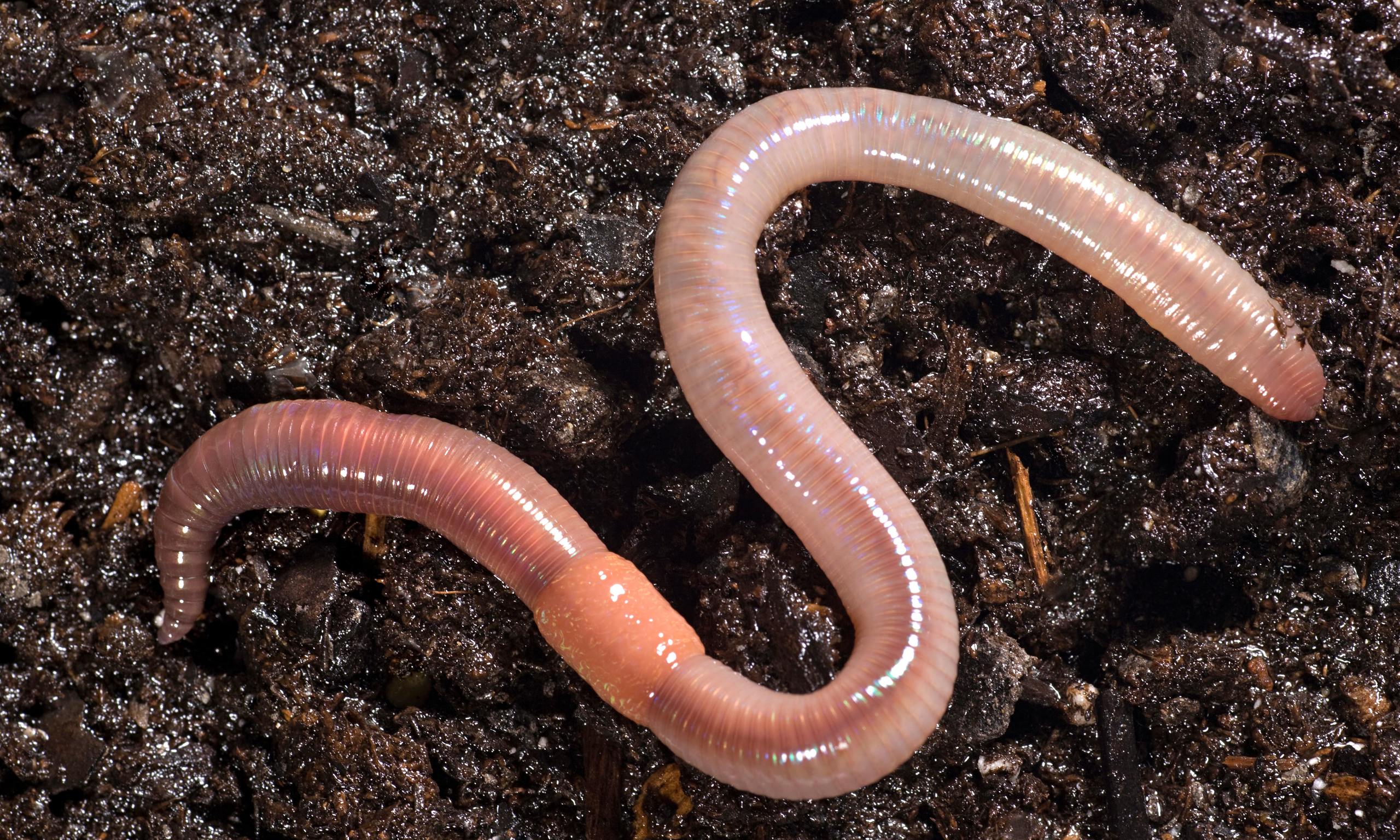North Carolina Worms for Beginners
North Carolina Worms for Beginners
Blog Article
How North Carolina Worms can Save You Time, Stress, and Money.
Table of ContentsAn Unbiased View of North Carolina WormsNot known Facts About North Carolina WormsThe North Carolina Worms DiariesExamine This Report on North Carolina Worms
Instance: 1-gallon of worm spreadings to 4 gallons of potting mix. 1/2 mug in the base of the planting hole for smaller plants. 1 cup for bigger plants.
The addition of tea can additionally include enhanced microbial biomass to your soil. You can constantly side-dress your plants with worm castings at any moment. Simply bear in mind, the microorganisms will certainly die if revealed to UV rays (Sun), so be certain to cover the spreadings with an inch approximately of soil.
This frustrated them for years up until the screening approaches came to be better. It would get far better(with more spreadings), degree off, and after that decline. As well several worm spreadings would certainly accelerate the growth to a rate that the plant can not recover from.
The 9-Second Trick For North Carolina Worms
I have expounded the merits of worm spreadings for about 2000 words. Worm castings are no different. It takes time to develop high quality worm castings.
You can buy them which results in number two. Worm castings certainly set you back even more than chemical fertilizers. However, worm spreadings get on the more affordable end of organic fertilizers. You will need to decide what is more vital. It is simple to produce small quantities of worm castings. (50 gallons annually) It is a much more challenging and really expensive financial investment to create huge quantities of worm castings (Lenoir NC Worms For Sale).

Producing a healthy soil might be the greatest benefit of worm spreadings. We talked about worm spreadings NPK and also the appropriate nutrient analysis that should apply to worm spreadings.
North Carolina Worms Fundamentals Explained
We talked about some of the drawbacks linked with worm castings. I covered a lot of product in this write-up.
The upright burrows are typically open, although the worms cover the top with deposit and waste matter. The upright burrows are very crucial points of access for fast water infiltration into the dirt, especially in no-till systems. Air-filled porosity is vital in assisting plant roots to prosper. Origins need oxygen for their growth, whereas they generate co2 that requires to leave the soil.
Earthworms raise porosity by two mechanisms: (1) by creating permanent burrows, and (2) by boosting soil aggregation. Aggregation is improved by the blending of soil and natural issue in the earthworms' digestive tracts. Lake Hickory Bait. These extremely stable aggregates are deposited by some earthworms in their burrows, and by others at the surface area of the soil


In one more research study, earthworms were estimated to take in 4 to 10 percent of the top 6 inches of the dirt yearly. Soil compaction decreases the porosity of the soil.
The Of North Carolina Worms
Normal earthworm populations can conveniently take in 2 tons of completely dry matter per acre per year, partly absorbing and mixing it with soil. The relevance of earthworms to mix surface residue with soil comes to be very clear in soils that do not have any earthworms. The majority of our Pennsylvania dirts contend least some earthworms, and the effect of their full absence, consequently, can not be kept in mind.
(https://directorydirect.net/North-Carolina-Worms_379922.html)In these dirts, the development of topsoil with reasonable organic issue web content did not take location, leading to bad crop growth. Once the cause was established, the government of the Netherlands started a campaign to present earthworms. After the intro of the earthworms, a dark topsoil layer was created, and plant development boosted significantly.
They live mostly from partially broken down organic matter that is currently included in the dirt. They eat their method through the soil, creating straight burrows that they full of their waste matter. These varieties consume big amounts of soil that they combine with absorbed plant deposit in their guts. or anecic species stay in long-term upright burrows that can be 5 or 6 feet deep.
These varieties consume substantial amounts of soil that they mix with digested deposit in their digestive tracts. Their waste matter is mainly transferred at the surface of the soil.
Report this page